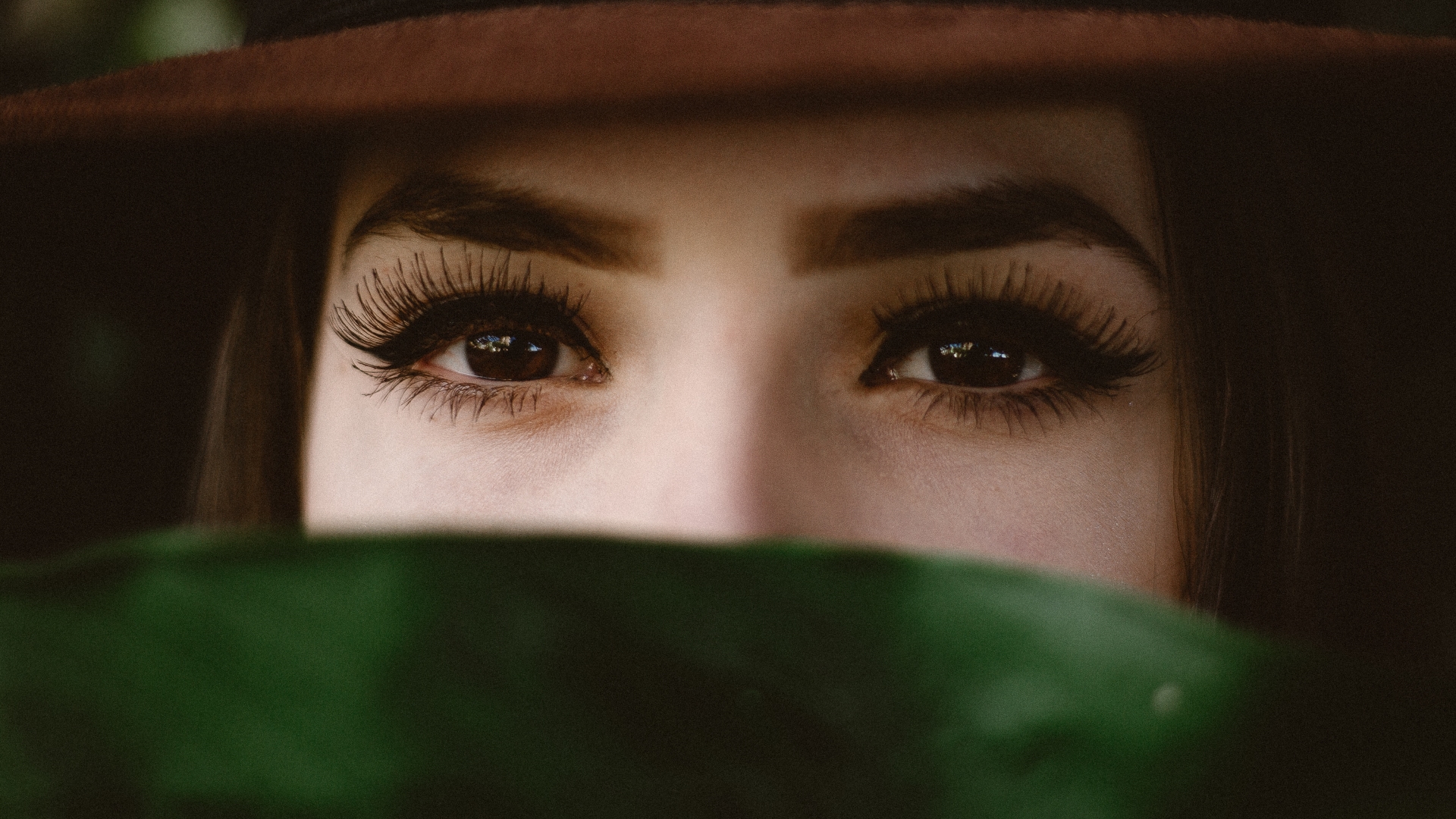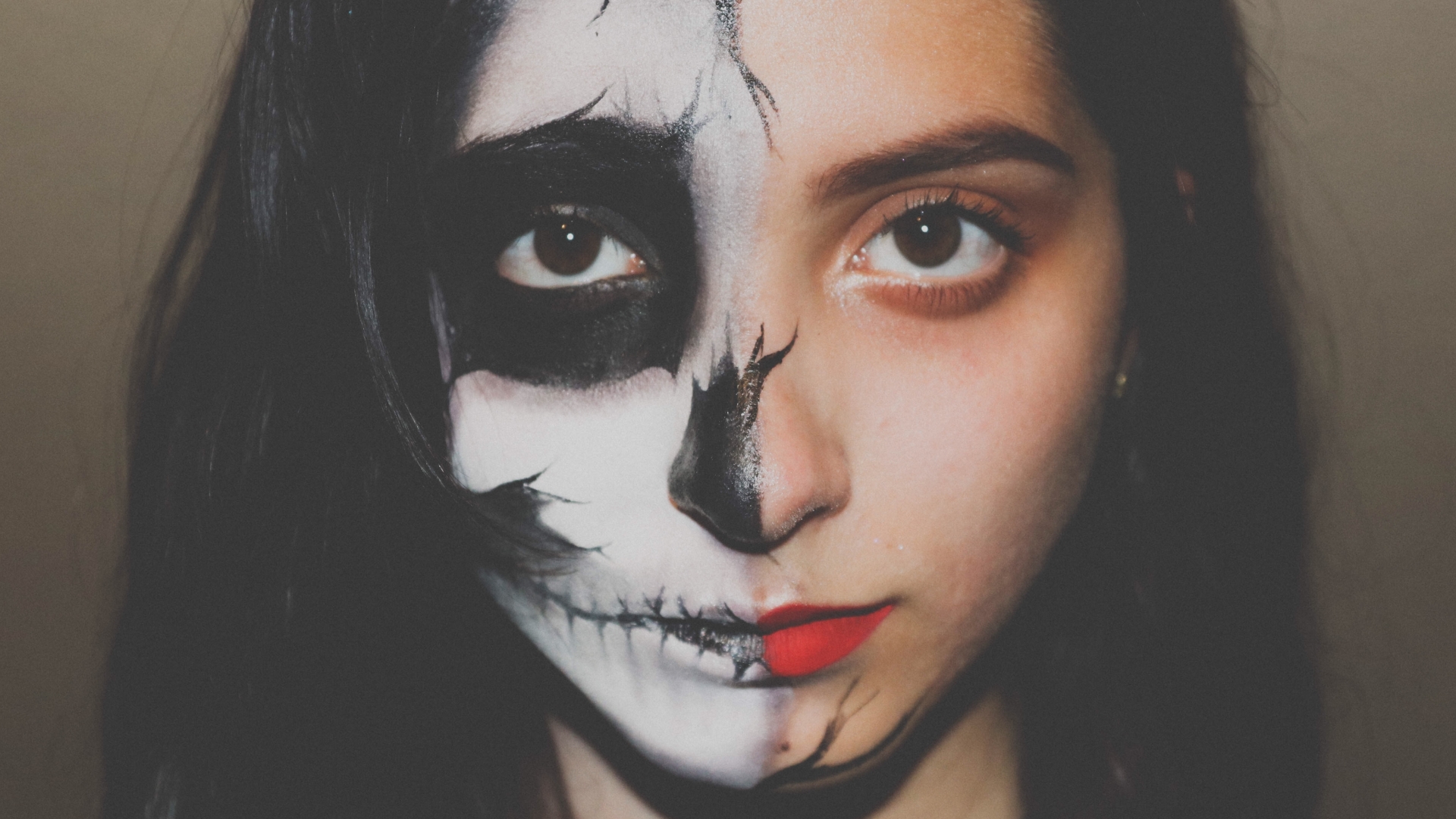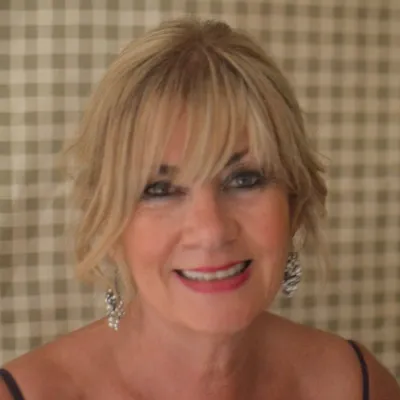11 Tips For Being Awesome on Camera

I understand how nervous and intimidating it can feel being in front of a camera for the first time. It's even worse when you have professionals managing the camera, audio, lighting and makeup! I've been there, done that and experienced it all. There's a lot of pressure on tinggetting your message out and comingng across professionally in a commercial product.
Students are expecting quality from purchases they make,, and whilst there is truth in the point that they are more interested in how you can help them than how professional you are on camera, that only goes so far. You only need to think back to your best teachers and what made them so. Often it was how engaging they were and how they communicated their material, not just the content of their class.
Fortunately,,,, due to the proliferation of video content online and most of your students are familiar with social media, uploading videos, Snapchat, WhatsApp, Facebook live and the rest, things are changing. They are now expecting us to be as relaxed and informal as the rest of the content they see on their phones and tablets. That doesn't mean you can get away with filming yourself in your PJs,, though!
You are the subject expert and as such,, selling a commercial product means delivering a product that looks, feels and sounds professional and to a minimum standard.
This means you have to master the techniques of getting in front of a camera and being awesome.
In the process of teaching, you will learn. And have some fun too. If you don't believe me, the look on my face below says it all as an unexpected guest crawls over my shoulder and sneaks into my dress as I try to present!

11 Tips for Awesome Videos
Here are my 11 tips that you can easily apply today to improve your presence, master your nerves, and give you a confident start to become a master of course videos. I'm not going to teach you about editing your videos or what cameras to use. This post is about mastering YOU!
1. Dress to Impress and Feel Relaxed
Choose what to wear based on two factors. First, wear it because it makes you feel relaxed and confident. Don't wear uncomfortable clothes and make you feel awkward, as it will show in your video. Secondly, dress to impress and make sure what you wear is congruent with your message and personality.
The camera exaggerates everything because there is nothing to distract the viewer. If your posture is poor, viewers will think you've checked out and lost interest. Your body should convey your energy and intelligence without being stiff and robotic.
Avoid wearing jewellery that rattles, clicks and clanks,, such as multiple bracelets or long necklaces. These have a habit of brushing up against your microphone if you use a lapel mic, causing distracting noises.
2. Watch Your Body Language
Make sure your hands aren't fidgeting and twiddling anything. Keep them still or clasped gently in front of you until you need to use them to assist in your communication. It's OK to move them around to express yourself but less helpful if they are fiddling and distracting the viewer.

3. Smile With Your Eyes
Smiling is a great way to show enthusiasm, openness and friendliness,, and a good way to reinforce this is to make eye contact with the camera lens as if you were talking to a close friend and smile into the camera using your eyes to connect. Let your eyes light up your smile.
Smiling is the surest way to win over your audience. It conveys a positive spirit for the course and makes students more willing to join in.
4. Use Your Own Voice,, Not a Borrowed One
Be yourself and speak to the camera as if you were chatting to a friend. Will come across as more natural and help you be more relaxed, which will sound more natural. A natural, relaxed voice is what your students will appreciate most, not a borrowed voice from a TV presenter.
Play with your voice and practise different ways of saying things with your voice. Talk to yourself in your car, when you're doing the dishes, out loud, or in your head. Practice letting your thoughts and ideas flow from your mind and out your mouth.
Practice talking about your subject out loud as you walk along the beach, through the woods or around town. The more it feels like you have done it a thousand times,, the more relaxed you'll feel doing it on camera.

5. Use Your Voice's Full Range as a Dynamic Instrument
Your voice is a beautiful thing, an instrument that can bring joy and happiness or fear and anger,, depending on how you use it. So use it wisely and use its full range of pace, pitch, tone and volume to get across emotion and meaning in what you say. Practice playfully using your voice to see what you can do with it. Here are some great warm-up tips.
6. It Ain't What You Say It's The Way That You Say It
Although what you say is important,,,,, the way you say it has even more importance on the communication involved between you and the student. If you are engaging and easy to follow, then you get followed. So don't rush things to get the message out and over and done with. This is especially true when you first start filming. You'll find it an uncomfortable and awkward task and naturally will want to get out of being uncomfortable. This leads to rushing.
So watch your pace and flow. Change the pace at which you talk. Emphasise keywords and points. Enunciate words and avoid slang at all costs,, as well as jargon students aren't familiar with.
By changing the inflexion of your voice, you can draw students’ attention back to you. A great way to highlight a key point is to raise your voice inflexion.
Make sentences simple and concise – If you watch a TV news program, you will notice that the anchorperson speaks in short sound bites. It is easier for people to retain information if it is provided in short sound bites.

7. Get Yourself Into a Calm State
It's natural to be nervous about something unfamiliar and important such as being filmed for your students and the world to see in your promo videos. So you are likely to be anxious and nervous before you go live. Do whatever you need to do to get yourself calm. For you, this might be deep breathing, going for a short walk, listening to music, meditating briefly. Do what works for you to make sure you are calm and ready for the camera.
8. Get Enough Air
Make sure you breathe deeply enough to get sufficient air as you are talking. So pause from time to time and take some bigger breaths if necessary. And always take a big breath before you are about to start together with a nice smile,, then you'll have enough air to start your filming and create the best impression.
9. Have a Glass of Water to Hand
It's amazing what our nerves can do to us when simply filming or talking to an audience. Our mouths can go dry! So have a glass of water to hand and then take a sip when you need to to keep your tongue, mouth and throat moist enough,, so it doesn't seem seem seem seem all croak on you. You're going to have to do some editing to your video anyway,, so editing breaks are fine.
10. Look at the Camera as Your Friend
When you make the camera,, your friend, you'll feel less intimidated by its presence. Look into the lens as if you are talking to someone directly in front of you. The camera is their face, the lens their eyes. Maintain eye contact with the lens. Breakaway naturally from time to time only to use this as an element of communication where you are doing it deliberately to enhance the message.
Have a conversation with your camera as if it were your friend or yourself and let your own personality come through, whether you're goofy or silly or serious. Then you'll be you and come across naturally.
If you need to look down at some notes or your slides, avoid only using your eyes to look. It will make you appear shifty-eyed,, so it's better to turn your head when you need to reference your notes instead.
11. Above all Else
If you take all the above points into account, your presence on the camera will be natural, professional, engaging, and unique.
Above all else, have some fun. Life's too short of taking yourself too seriously and missing out on the enjoyment that comes from creating videos that help other people overcome their challenges. And if you're working with your husband or partner, as I often am, that brings a whole lot of other tensions when filming,, as you can imagine. But those stories are for another time!
Take Action, Get Started Today
If you've ever thought of creating your own online fashion course, there's never been a better time. Take our free four training videos that tell you all about the opportunities, how to get started, what earning potential is possible when you create and sell your own courses and where to get help.
Click here to get started.

Cheryl Gregory is the Founder of The Fashion Student Hub, a marketplace for selling online fashion courses. We Teach Fashion teaching fashion subject experts how to create and promote their own online courses, generate revenue and serve the growing need for online education in the fashion sector.
Join over 1 million people making a living with online courses!
Sign up to get more information about how to teach online, how to pivot your lectures to include online sessions and how to coach students online using the latest technologies.
Get our free training today.
We hate SPAM. We will never sell your information, for any reason.



